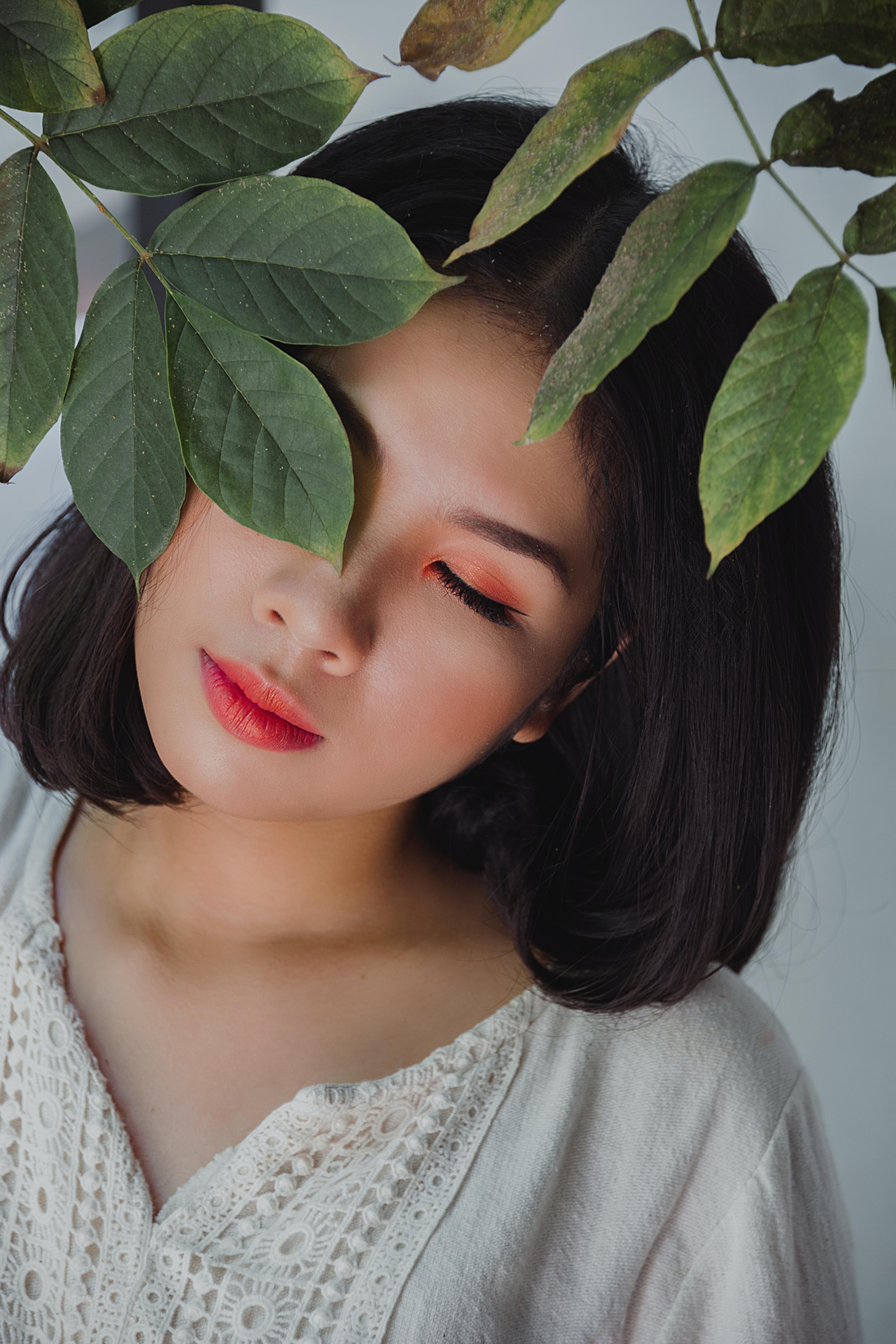There are countless people who swear by the products and philosophies of skincare used in the Far East. Yet, walk into most London skincare clinics and, while you will find excellent European and North American brands on the shelves, skincare from Asia is oddly underrepresented.
Asian Skincare vs Western Skincare Explored
When I started my aesthetics practice and began researching the world of medical-grade skincare, there was one glaring absence that stood out to me. Beauty is a massive industry in Asia (about 80% of global skincare revenue came from Asian markets in 2018). There are countless people who swear by the products and philosophies of skincare used in the Far East. Yet, walk into most London skincare clinics and, while you will find excellent European and North American brands on the shelves, skincare from Asia is oddly underrepresented.
What’s the difference between Asian and Western skincare?
Underrepresentation of Asian skincare interested me not only because of my own heritage – I am half-English and half-Chinese – but also because I know what a big part good skin and a structured beauty regimen plays in East Asian culture. I grew up watching my Chinese mother (who is absolutely beautiful but also about as low maintenance as you can imagine) focus her time and attention on skincare – never makeup. I’ve become more and more interested in exploring the concepts of skincare that are emphasised in Asia, and seeing what differences – if any – lie between the East and West.
Medical grade skincare
The first thing that I noticed is that when it comes to my definition of “medical-grade skincare,” namely skincare backed by evidence and research, there is no shortage of this in Asia. My worry has been that there is an existing bias, and that whenever I talk about Eastern or traditional ingredients someone will automatically assume I’m describing something “exotic” or untested. While, of course, there are traditional practices that still exist in Asia (and everywhere else in the world for that matter) that do not actually have any evidence behind them, I’m not talking about alternative or complementary therapies. Traditional ingredients when used in skincare are used for good reason – because there has been an examination of the science behind why they work.
It is commonly said that consumers in Asia are very discerning and sceptical when it comes to skincare, and they don’t tend to be brand-loyal. In other words, they will go for new and effective products, and keeping their attention means you really have to be the best of the best and continue to out-perform your competitors. That means that there is constantly a drive to innovate and come up with new and exciting concepts and products in skincare.
What defines Asian skincare?
What defines “Asian skincare,” then? It is quite a general term, and while many will be familiar with the phenomenon that is K-beauty, there are also multiple skincare lines from China, Japan and other places. The easiest way for me to characterise it is that there is a slight overall difference in philosophy with Asian skincare. I think back to my mother and what her focus was always on when it came to her beauty routine. It was all about preserving and protecting her skin, and in Asia this starts when you are a teenager.
This is obviously something we can all get behind as aesthetic practitioners and something that we all preach – good skincare routines take time and patience and consistency. Start early when you still have all that youthful collagen to protect, or before your skin has accumulated UV damage for years! Patient education about these concepts is key. And I would maybe dare to argue that these concepts make complete sense to many Asian skincare consumers.
Asian skincare philosophy vs UK and US
Broadly speaking, the focus of Asian skincare is on a philosophy of prevention, patience, and gentleness. You stay away from harsh ingredients, you hydrate and protect the skin, and maintain what you have. This principle of prioritising gentle skin ingredients can be seen reflected in some of the regulation surrounding skincare ingredients in different Asian countries. For example, in Japan ascorbic acid (aka vitamin C) is categorised as a “quasi-drug” due to its effects on reducing the appearance of hyperpigmentation. Hydroquinone, which is prescription-only in the UK, is not allowed at all in Japan.
In comparison, I’ve found that a big selling point for a lot of skincare here is that you get results, and you get them faster than you would with the other skincare brand. It’s often more reactive than preventative. And this makes sense as this is something that our patients often demand. They want something that will make a dramatic, visible difference to an existing skincare concern. It also makes for a great before-and-after picture.
In comparison, I often feel like a great before-and-after picture for an Asian skincare brand would show a 10-year gap of time and almost no skin changes at all. That would demonstrate the ideal achievement – the before looks the same as the after.
Which type of skincare should I be reaching for?
At the end of the day, there are so many amazing, interesting, and innovative skincare products out there. As long as they are backed by research, we should be able to explore and expand our repertoire to include brands beyond just the ones typically seen in the States or the UK, that may cater specifically to only Western skin types. It’s an opportunity to expand your skincare portfolio to encompass multiple cultures and types of skin.
Interested in getting your skin in check with medical grade skincare? Discover the hundreds of medically qualified skin pros listed on Glowday.

